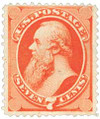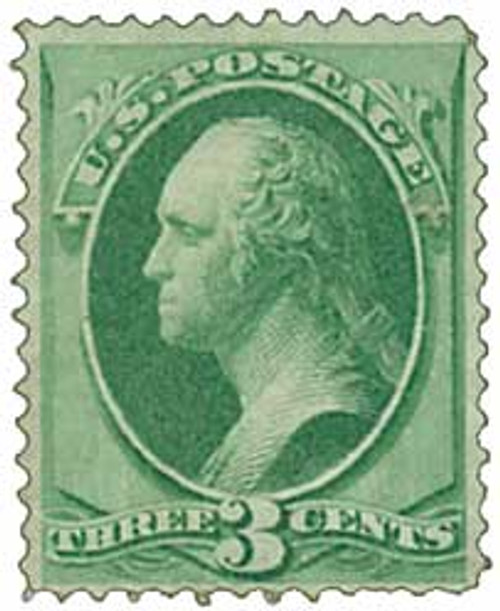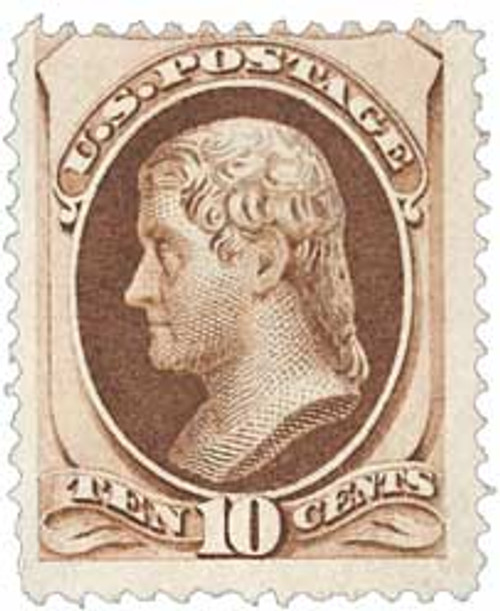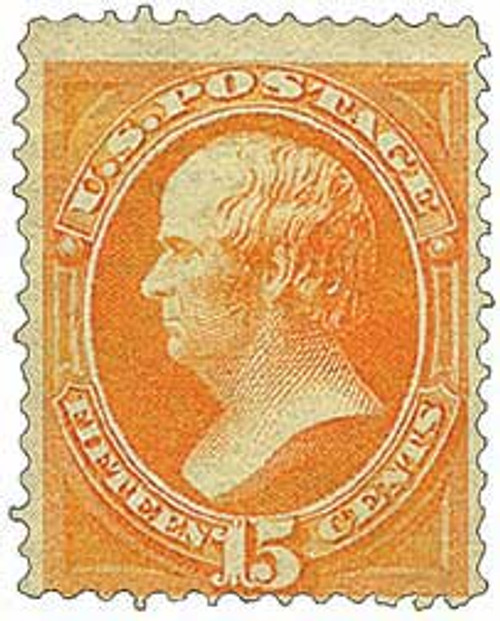
# 149 - 1871 7c Stanton, vermilion
1870-71 7¢ Stanton
National Bank Note Printing
Earliest Known Use: May 11, 1871
Quantity issued: 2,070,000 (estimate)
Printed by: National Bank Note Company
Method: Flat plate
Watermark: None
Perforation: 12
Color: Vermilion
Medal Of Honor Day
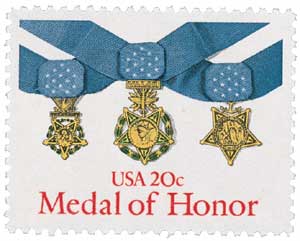
Medal of Honor Day has been celebrated on this day since 1991 to commemorate the awarding of the first six Medals of Honor for the Great Locomotive Chase.
Although awards had been given for military service since 1782, the first steps in creating the Medal of Honor as we know it were taken in 1861. It was at that time that Edward D. Townsend suggested to Commanding General of the US Army, Winfield Scott, to introduce a medal for individual valor.
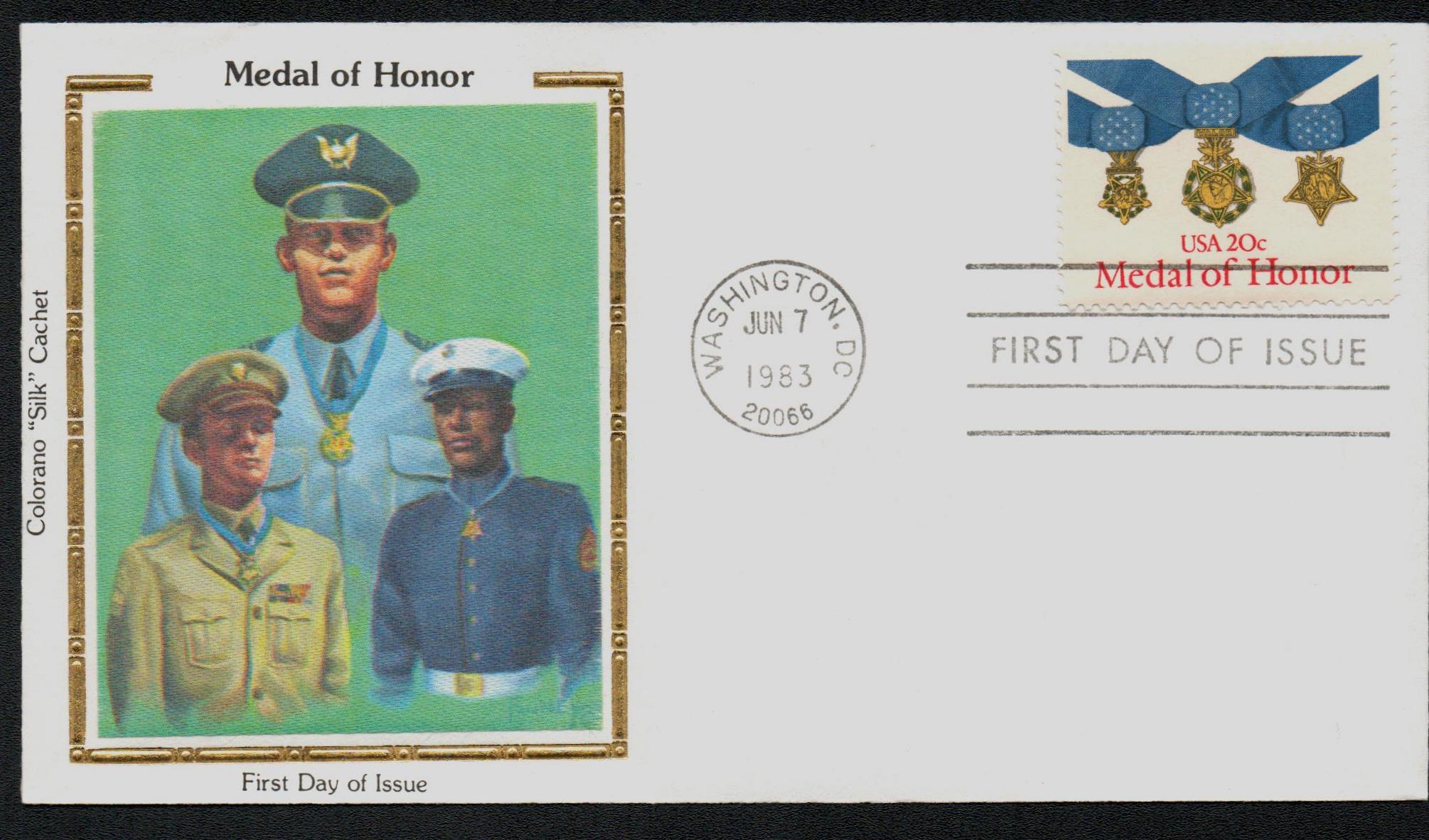
Although Scott refused the proposal, Iowa Senator James W. Grimes took the idea to the Senate to “promote the efficiency of the Navy” after the general retired. The bill passed successfully and President Abraham Lincoln signed it on December 21, 1861. The bill allowed for the creation of 200 Medals of Valor “which shall be bestowed upon such petty officers, seamen, landsmen and marines as shall distinguish themselves by their gallantry in action and other seamanlike qualities during the present war (Civil War).”
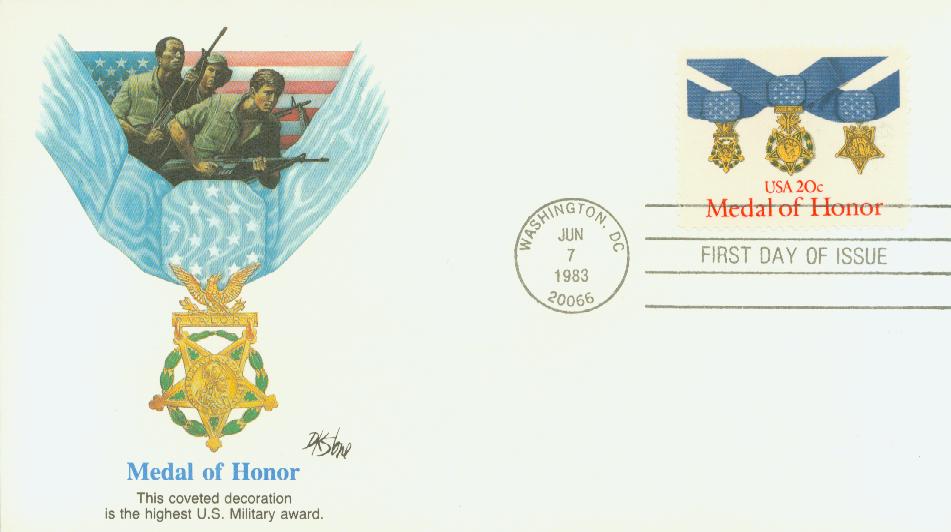
Two months later, Massachusetts Senator Henry Wilson created a similar bill, giving the president the authority to “distribute medals to privates in the Army of the United States who shall distinguish themselves in battle.” Though the wording changed some, President Lincoln signed the bill into law on July 12, 1862.
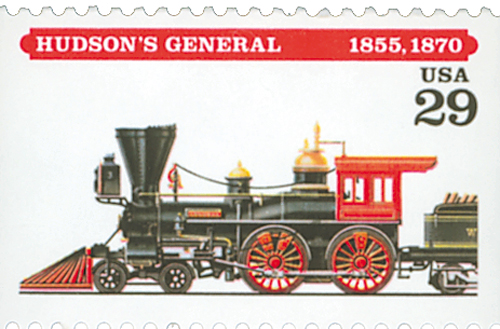
Three months earlier, a group of Union Army volunteers stole a Confederate train, leading to a daring eight-hour chase, known as the Great Locomotive Chase. At the time, supplies produced for the Confederate Army in the south were transported north by the Western & Atlantic rail line, often through Chattanooga, Tennessee. Union sympathizer James Andrews developed a plan to take Chattanooga, destroy the railroad tracks, and cut off the supply line.
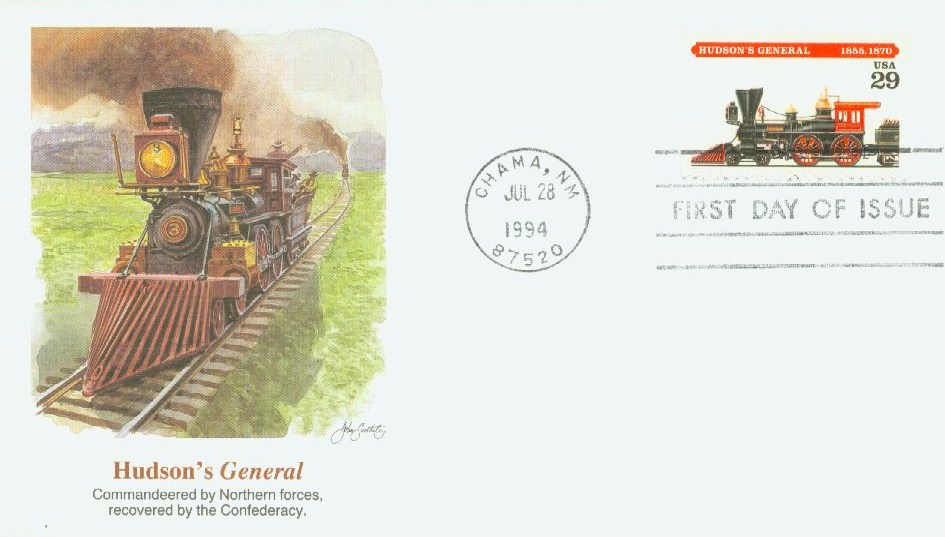
On April 12, 1862, the first anniversary of the attack on Fort Sumter, Andrews and 23 men (later referred to as Andrews’ Raiders) quietly boarded The General. When the train stopped in Big Shanty, conductor William Fuller and his crew disembarked for breakfast. In a daring daylight raid, Andrews and his raiders stole the train and headed north – tearing up railroad ties and cutting telegraph wires as they went.
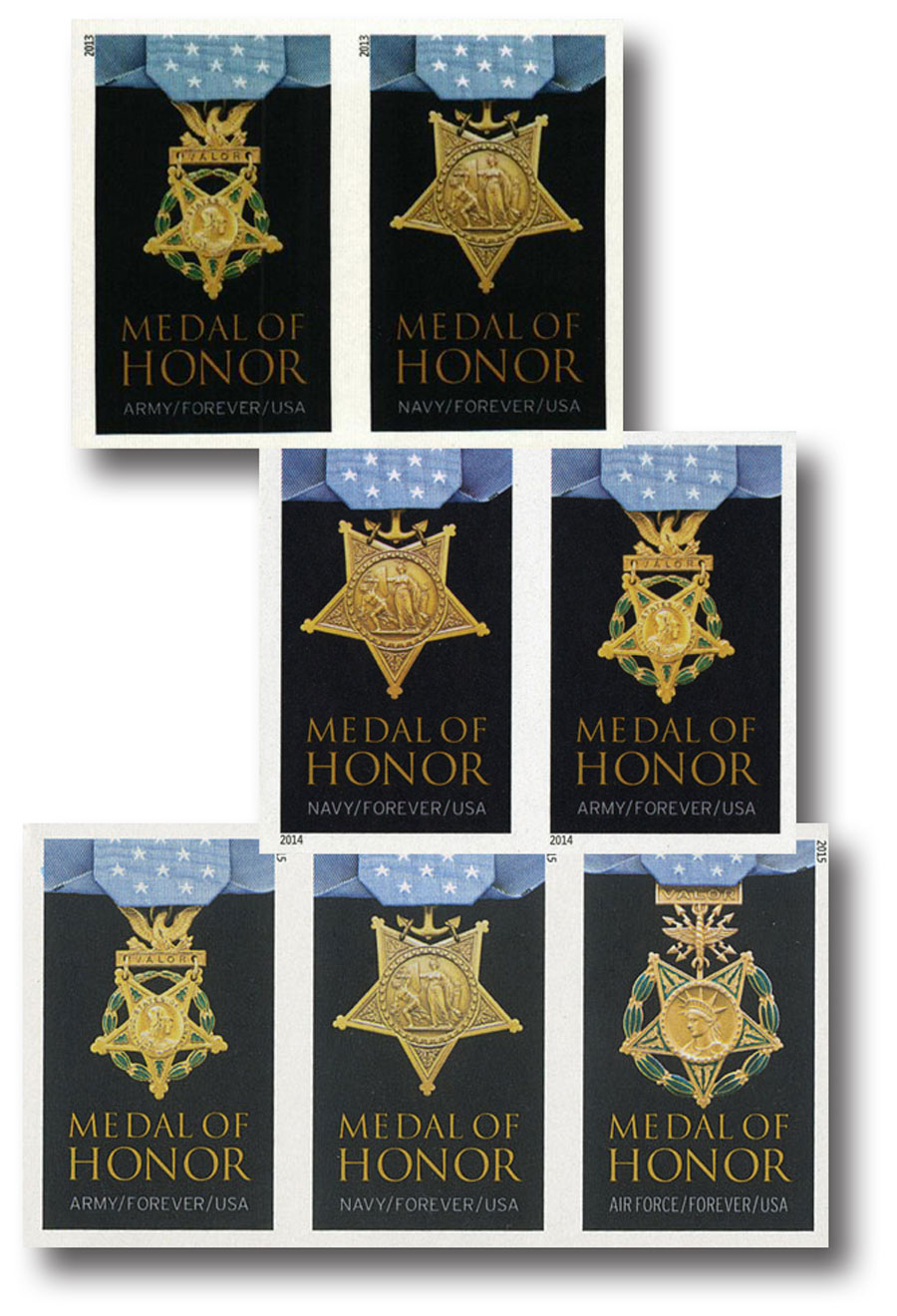
Fuller and his crew chased the hijacked train on foot for two miles. At the next northern station, they jumped aboard a platform handcar to continue the chase. Fuller commandeered two different engines in his pursuit of The General before taking the southbound The Texas at the Adairsville station. The chase was on – with Fuller pursuing at top speed – and The Texas in reverse.
Andrews dropped crossties on the tracks and let three boxcars loose – setting one on fire – in attempts to slow The Texas. Each time, Fuller’s men pushed the cars aside and continued the chase. South of Calhoun, Fuller spotted a young telegraph operator, pulled him aboard the train, and quickly wrote a message warning the Confederate general in Chattanooga of the approaching danger. The telegraph operator jumped off the train to telegraph the message.
After an 87-mile chase that lasted nearly eight hours, The General ran out of fuel and Andrews and his men were captured. Andrews was hung and buried unceremoniously in an unmarked grave.
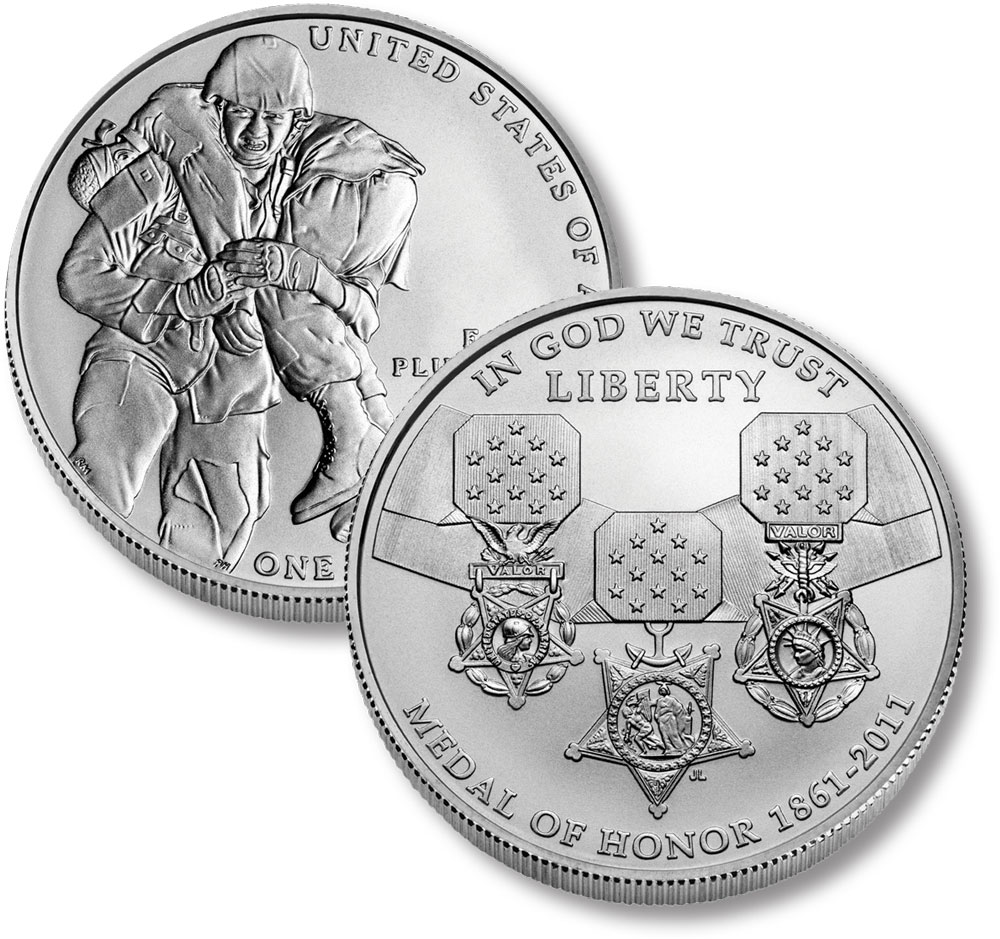
The following year, six members of Andrews’ Raiders received the first Medals of Honor on March 25, 1863. The awards were presented by Secretary of War Edwin Stanton in his office at the War Department. After that presentation, the six men met with President Abraham Lincoln at the White House.
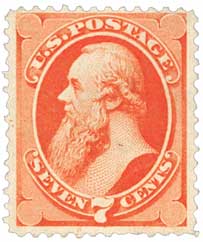
Though Lincoln had initially approved the Medal of Honor as an award for Civil War service, in 1863 it was made a permanent military honor. Since its creation, more than 3,500 medals have been awarded, with a little less than half of them going to Civil War soldiers. In 1990, President George W. Bush signed legislation establishing March 25 as Medal of Honor Day to commemorate this event and to honor “the heroism and sacrifice of Medal of Honor Recipients for the United States.”
1870-71 7¢ Stanton
National Bank Note Printing
Earliest Known Use: May 11, 1871
Quantity issued: 2,070,000 (estimate)
Printed by: National Bank Note Company
Method: Flat plate
Watermark: None
Perforation: 12
Color: Vermilion
Medal Of Honor Day

Medal of Honor Day has been celebrated on this day since 1991 to commemorate the awarding of the first six Medals of Honor for the Great Locomotive Chase.
Although awards had been given for military service since 1782, the first steps in creating the Medal of Honor as we know it were taken in 1861. It was at that time that Edward D. Townsend suggested to Commanding General of the US Army, Winfield Scott, to introduce a medal for individual valor.

Although Scott refused the proposal, Iowa Senator James W. Grimes took the idea to the Senate to “promote the efficiency of the Navy” after the general retired. The bill passed successfully and President Abraham Lincoln signed it on December 21, 1861. The bill allowed for the creation of 200 Medals of Valor “which shall be bestowed upon such petty officers, seamen, landsmen and marines as shall distinguish themselves by their gallantry in action and other seamanlike qualities during the present war (Civil War).”

Two months later, Massachusetts Senator Henry Wilson created a similar bill, giving the president the authority to “distribute medals to privates in the Army of the United States who shall distinguish themselves in battle.” Though the wording changed some, President Lincoln signed the bill into law on July 12, 1862.

Three months earlier, a group of Union Army volunteers stole a Confederate train, leading to a daring eight-hour chase, known as the Great Locomotive Chase. At the time, supplies produced for the Confederate Army in the south were transported north by the Western & Atlantic rail line, often through Chattanooga, Tennessee. Union sympathizer James Andrews developed a plan to take Chattanooga, destroy the railroad tracks, and cut off the supply line.

On April 12, 1862, the first anniversary of the attack on Fort Sumter, Andrews and 23 men (later referred to as Andrews’ Raiders) quietly boarded The General. When the train stopped in Big Shanty, conductor William Fuller and his crew disembarked for breakfast. In a daring daylight raid, Andrews and his raiders stole the train and headed north – tearing up railroad ties and cutting telegraph wires as they went.

Fuller and his crew chased the hijacked train on foot for two miles. At the next northern station, they jumped aboard a platform handcar to continue the chase. Fuller commandeered two different engines in his pursuit of The General before taking the southbound The Texas at the Adairsville station. The chase was on – with Fuller pursuing at top speed – and The Texas in reverse.
Andrews dropped crossties on the tracks and let three boxcars loose – setting one on fire – in attempts to slow The Texas. Each time, Fuller’s men pushed the cars aside and continued the chase. South of Calhoun, Fuller spotted a young telegraph operator, pulled him aboard the train, and quickly wrote a message warning the Confederate general in Chattanooga of the approaching danger. The telegraph operator jumped off the train to telegraph the message.
After an 87-mile chase that lasted nearly eight hours, The General ran out of fuel and Andrews and his men were captured. Andrews was hung and buried unceremoniously in an unmarked grave.

The following year, six members of Andrews’ Raiders received the first Medals of Honor on March 25, 1863. The awards were presented by Secretary of War Edwin Stanton in his office at the War Department. After that presentation, the six men met with President Abraham Lincoln at the White House.

Though Lincoln had initially approved the Medal of Honor as an award for Civil War service, in 1863 it was made a permanent military honor. Since its creation, more than 3,500 medals have been awarded, with a little less than half of them going to Civil War soldiers. In 1990, President George W. Bush signed legislation establishing March 25 as Medal of Honor Day to commemorate this event and to honor “the heroism and sacrifice of Medal of Honor Recipients for the United States.”



